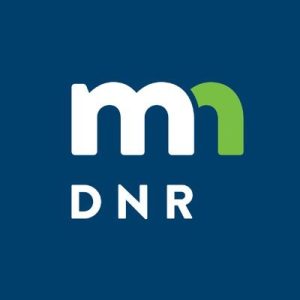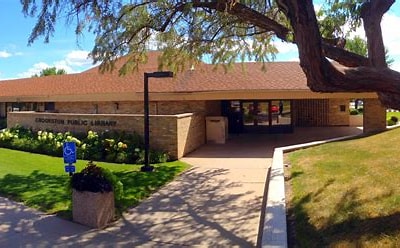EASTERN EQUINE ENCEPHALITIS VIRUS FOUND IN RUFFED GROUSE
Three Itasca County ruffed grouse that appeared sick have tested positive for a mosquito-borne virus called eastern equine encephalitis (EEE), marking the first time the virus has been confirmed to cause illness in a Minnesota wild animal. Learn more about the virus and how it was found.
HUNTERS, KNOW THE SAMPLING REQUIREMENTS IN CWD ZONES
Hunters throughout all deer seasons in both the north central and southeast disease management zones are required to get their deer tested for chronic wasting disease, including those hunters taking part in the southeast B firearms season that lasts from Saturday, Nov. 23, to Sunday, Dec. 1.
Additionally, during the opening weekend of the B season (Nov. 23-24), hunters in deer permit areas 343 and 344 in the southeast Minnesota CWD control zone are required to bring their harvested deer to sampling stations to be tested for CWD. More information about requirements in the southeast control zone are available on the DNR website.
CARCASS DISPOSAL LOCATIONS AVAILABLE IN CWD ZONES
Hunters who harvest deer in CWD zones in north central and southeast Minnesota during the firearms deer season have more than 20 dumpsters available in a variety of locations to dispose of carcasses after completing deer registration and chronic wasting disease sampling.
These dumpsters are part of the plan to combat CWD by helping hunters comply with carcass movement restrictions in CWD zones, which prohibit the movement of whole carcasses out of the zones until a “not detected” test result is confirmed. Dumpster and quartering station locations are posted on the DNR website for the north central management zone, southeast management zone and southeast control zone.
HOW TO PREP FOR CWD SAMPLING
To make the chronic wasting disease sampling process faster, hunters should prepare their deer for sampling and gather important information, and bring deer to the disease sampling station as soon as possible.
- Have the deer’s head accessible for staff. The deer’s head should face toward the truck’s tailgate, the deer should not be on top of the vehicle or under gear, and it should not be wrapped in a tarp.
- Have your blue hunting license ready and be prepared to identify the precise harvest location on a map.
- Hunters are asked to bring their deer for sampling before it freezes to make it easier to remove lymph nodes at the sampling stations.
Firearms hunters can find more information about what to know about hunting in any CWD area online.
HUNTING OUTSIDE OF MINNESOTA? YOU CAN BRING MEAT HOME, BUT NOT WHOLE DEER
Carcass movement restrictions make it illegal to import whole deer, elk, moose and caribou carcasses into Minnesota. Hunters can only bring the following parts of deer or other cervids into Minnesota: quarters or other meat with no part of the spinal column or head attached; meat that is boned out or that is cut and wrapped (either commercially or privately); hides and teeth; antlers or clean (no brain tissue attached) skull plates with antlers attached; or finished taxidermy mounts. Nonresidents transporting whole or partial carcasses on a direct route through Minnesota are exempt from this restriction.
The restrictions are part of a comprehensive strategy to keep Minnesota’s deer, elk and moose healthy by limiting the spread of chronic wasting disease.
Tags:




